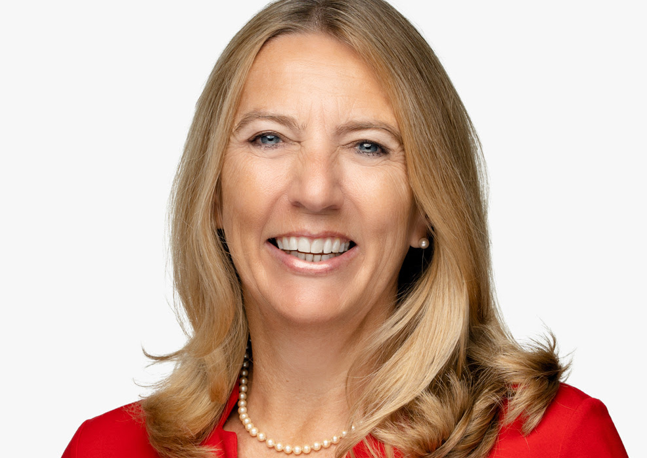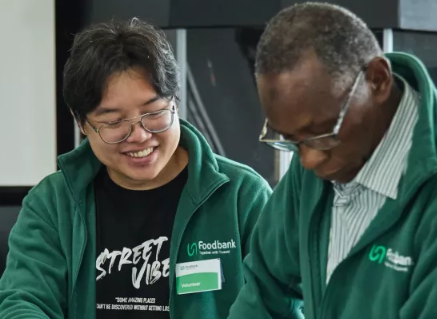Kat Osborn and Tarn Bright, Co-CEO’s, Safe Families & Home for Good explain how collaboration is needed to keep the country's social care system enduring
_____________________________________________________________________
Over the last 13 years, the amount of money that central government has provided to local councils has fallen by more than 40%, reducing local authorities’ spending power at a time when the demand on council services is growing. One impact of this is a £13.2 billion reduction in council funds going to charities over the decade since 2010.
As local authorities provide more than 10% of these charities’ income, many smaller charities have been pushed to the brink of insolvency, with 5,000 charities being shutdown each year on average since the pandemic. Smaller charities – those with income of less than £1 million a year – have been hit particularly hard, facing a £4.6 billion fall in revenue when compared to 2019-20.
The current social care crisis is, in part, the consequence of these years of fiscal decline, and reversing the trends will require a fresh approach.
A Disjointed Sector
Part of the problem is that the social care sector has no intentional design, instead evolving over the years with little strategic direction from a centralising entity, i.e. the Government. Bolt-on after bolt-on of adapted services means cracks have formed which children and families fall into as the sector’s main players operate in silo. Adoption and Fostering and Children’s Services are run by different teams with different budgets and sometimes use different, non-cooperative IT systems, meaning that they cannot communicate effectively or share data. We have seen instances where this, combined with stretched budgets, has led to parents and their children being, for example, passed back and forth between housing services and children’s services during moments of crisis.
I (Tarn) have experienced this first-hand. With one of my adopted children’s Educational Health Care Plans I fought so hard for, an inappropriate school was named by the local authority that was a mismatched fit for his needs, chosen simply because it fitted into the council’s budget. I, like many other parents, was forced to challenge the system and take the local authority to court to have the EHCP reflect my son’s needs. It is an extremely complex and unfair system requiring parents to either have an intimate knowledge of the local authority educational system or the money to hire expensive companies to write the endless forms and documentation which are required for court. I won my case, but to do so I had to write 198 pages of Grounds for Appeal, weaving in 19 of my son’s medical and psychological reports from professionals to evidence the right setting and dislodge the wrong one. It was highly stressful and took months to fight on my son’s behalf. It is one of the challenges all those who foster and adopt face - finding the right services for their children who are living with the legacy of trauma, at the right time, in the right location, paid for by the statutory sector.
Fixing the System
A redesign of the system, focused on collaboration, is now needed, which is not as impossible as it might sound but would require an incredibly brave government. One who is willing to focus on removing silos and unifying the many services within children’s social care to create a more holistic system for children and families. As the current merger between Safe Families and Home for Good has proven, combining IT systems and infrastructure, and improving inter-organisational communication, takes considered time and effort but the outcome of which is creating a stronger and more secured future.
Fortunately, we do not have to wait for a complete system redesign to become more collaborative. As the third sector this is something that we can choose to model. One of the reasons Safe Families and Home for Good have decided to merge is to give us one voice with which to speak with greater authority and reduce, even in a small way, the number of competing voices within the sector.
We are stronger together, and we are willing to sacrifice our individual plans to help ensure that our vision comes to pass; where every child has a safe, stable, and loving home in which to thrive and where every family will have people around who they can trust, through the Church in the UK.
With continued funding gaps predicted for all charities over the coming months, collaboration and mergers are no longer optional considerations for many organisations, particularly those who overlap in core mission and complement each other’s offerings. This is about longevity and unity. We may end up with fewer individual voices, but they will be more impactful and enduring.
Latest News
-
2025: A year in the news
-
Funder launches initiative to improve charity board diversity
-
National Trust's former legal counsel takes senior role at charity regulator
-
2025: The long-reads
-
Government ‘slow to tweak’ consumer law to protect charities, MP warns
-
City of Culture charity to be supported for further two years
Charity Times video Q&A: In conversation with Hilda Hayo, CEO of Dementia UK
Charity Times editor, Lauren Weymouth, is joined by Dementia UK CEO, Hilda Hayo to discuss why the charity receives such high workplace satisfaction results, what a positive working culture looks like and the importance of lived experience among staff. The pair talk about challenges facing the charity, the impact felt by the pandemic and how it's striving to overcome obstacles and continue to be a highly impactful organisation for anybody affected by dementia.
Charity Times Awards 2023
Mitigating risk and reducing claims

The cost-of-living crisis is impacting charities in a number of ways, including the risks they take. Endsleigh Insurance’s* senior risk management consultant Scott Crichton joins Charity Times to discuss the ramifications of prioritising certain types of risk over others, the financial implications risk can have if not managed properly, and tips for charities to help manage those risks.
* Coming soon… Howden, the new name for Endsleigh.
* Coming soon… Howden, the new name for Endsleigh.
Better Society

© 2021 Perspective Publishing Privacy & Cookies











Recent Stories